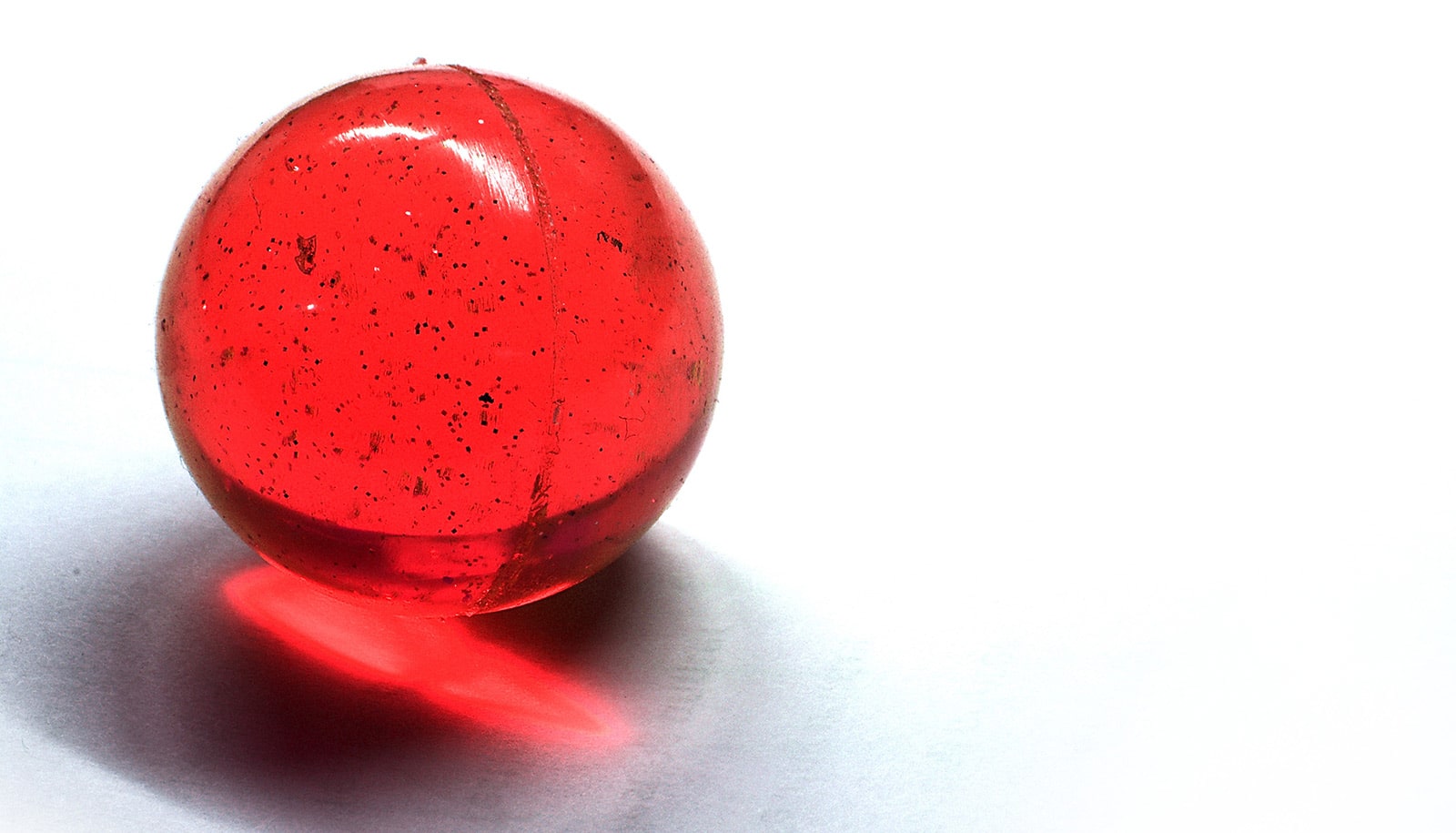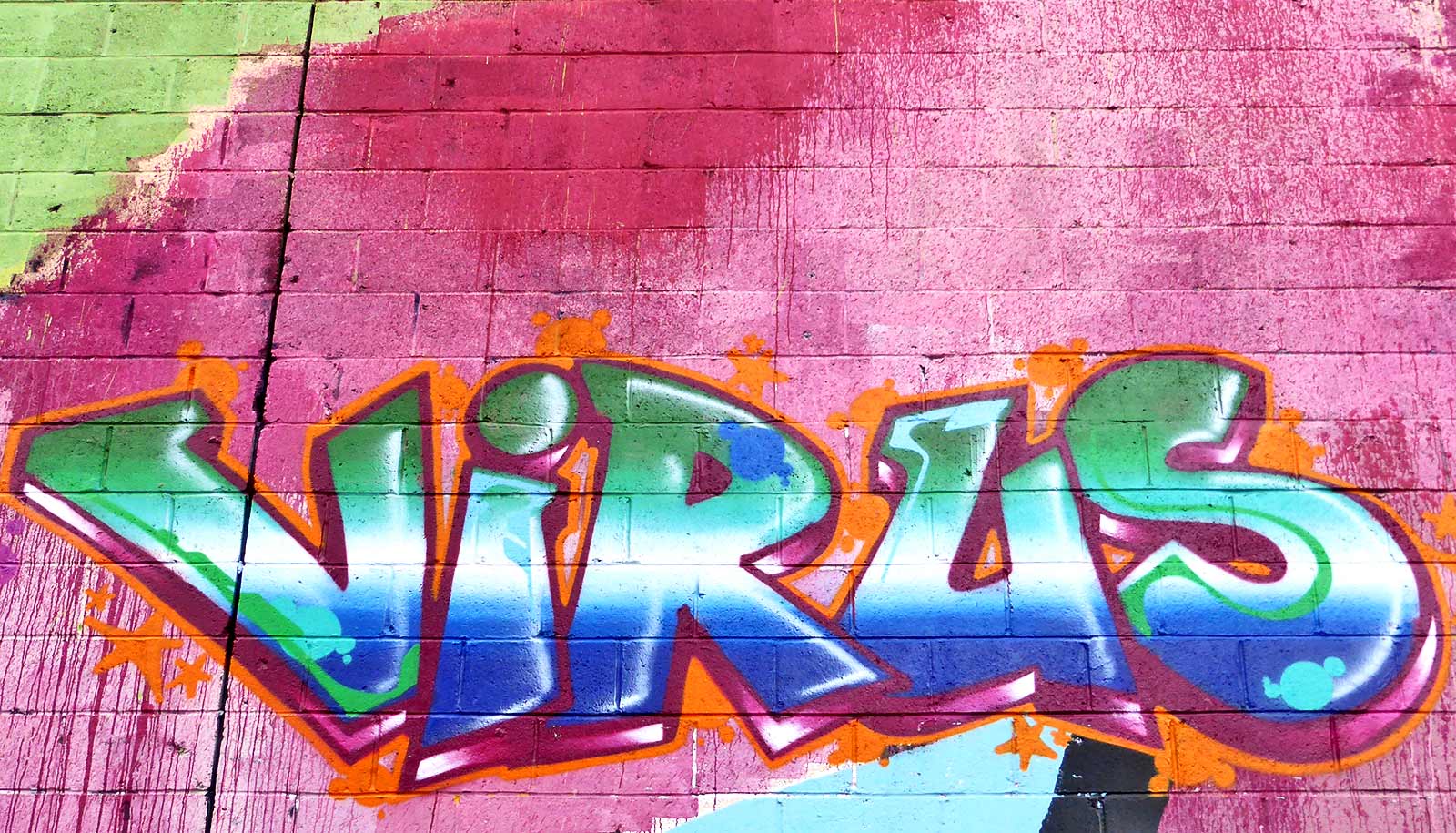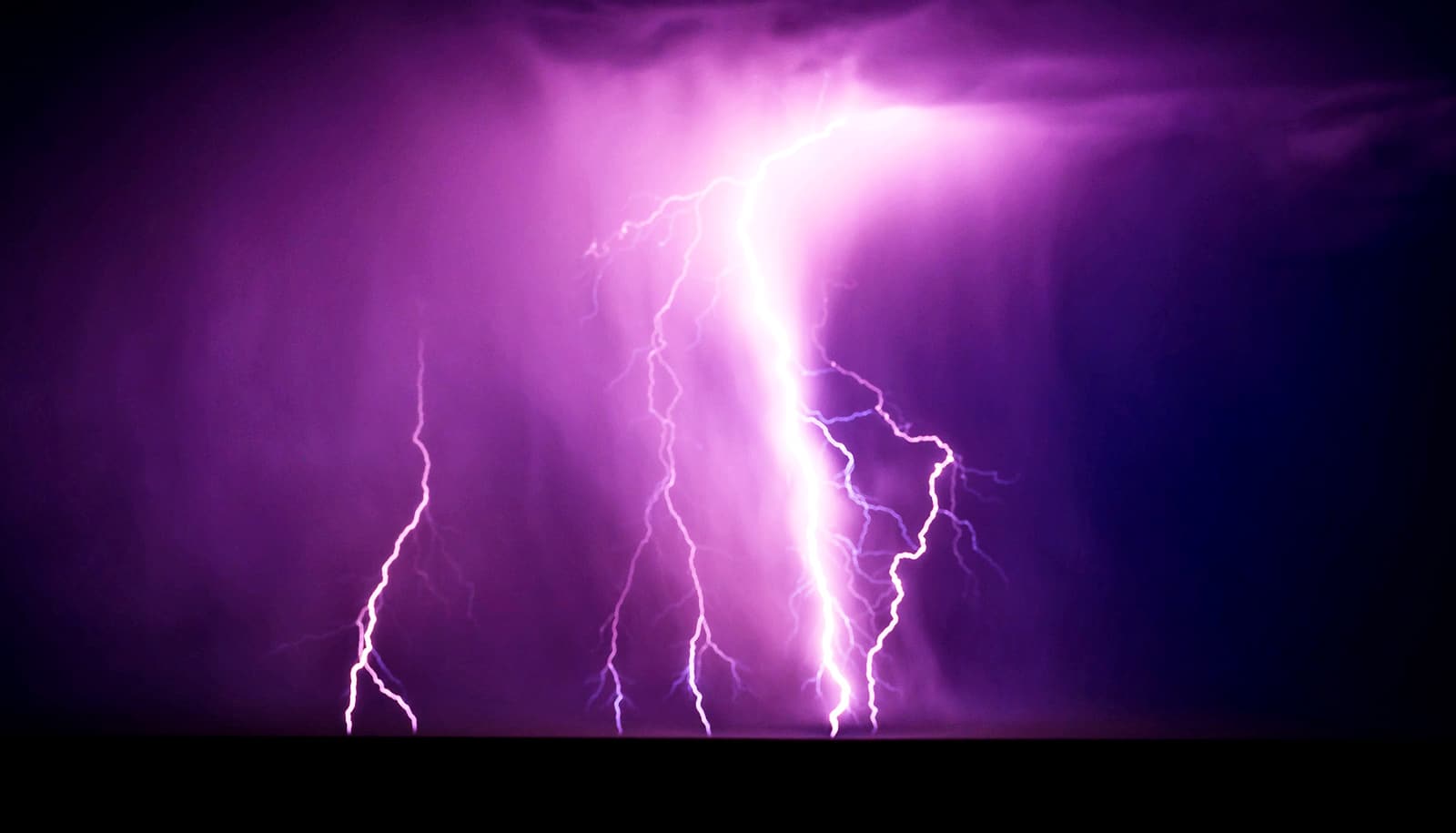Life on Earth may have gotten its start between mica sheets, Helen Hansma argues.
In mythologies and origin stories around the world, various cultures and religions point to clay as the vessel of life, the primordial material that creator gods imbued with a self-sustaining existence.
Nowadays we have biology to explain how life comes to be, but could these tales of old hit closer to the mark than we think?
In a paper written to commemorate the work of Ned Seeman, inventor of the field of DNA nanotechnology, University of California, Santa Barbara biophysicist emerita Hansma outlines her longstanding idea that primitive life, in pre-cellular arrangements that evolved into our lipid and protein-based cells, may have gotten its start in micaceous clay. Her paper appears in the Biophysical Journal.
You can listen to an in-depth audio explanation of Hansma’s theory below:
Originally proposed almost 16 years ago, Hansma’s hypothesis joins many other speculations about how life on Earth first came about. Among them are the well-known “RNA World,” in which self-replicating RNA molecules evolved into DNA and proteins, and the “Metabolism First” concept, that says life evolved out of spontaneous chemical reactions. There’s also a “pizza” hypothesis that claims that life could have come from terrestrial organic biomolecules. And there are other clay hypotheses that say life may have originated on montmorillonite clay, or iron-rich clays.
Hansma didn’t set out to figure out how life evolved on Earth when she first came upon her idea. Rather, as a research biophysicist and a program director at the National Science Foundation back around 2007, she was playing with her favorite toys—a dissecting microscope, and mica pieces that she was splitting into sheets.
“As I looked at the bits of green algae and brown crud at the edges of the mica sheets, I thought, ‘this would be a good place for life to originate,'” she says in an article written for NSF about her work.
Her idea incorporates elements of other concepts of abiogenesis (how life emerged from non-living material), asserting that precursors to biomolecules and metabolic processes could all have been corralled between layers of mica. It’s an environment that offered some protection from the outside world, yet allowed for the free exchange of water and other substances that would become essential to cells.
“My image is that the surfaces of mica sheets were a great place for molecules to grow and processes to develop, and eventually everything needed for life was on the mica,” she says.
Essentially, the mica acted as scaffolding and “reaction chambers,” where metabolic processes could occur and evolve.
The advantage mica clays have over montmorillonite, Hansma adds, is that micas, with potassium ions holding mica sheets together, are nonswelling and therefore provide a more stable environment. Monmorillonite sheets, in contrast, are held together by smaller sodium ions, resulting in shrinking and swelling during wet-dry cycles and a less stable environment.
The presence of potassium ions in micaceous clay is another factor in favor of the mica clay hypothesis: The cells in living creatures have high intracellular concentrations of potassium, making mica “a more likely habitat for the origins of life than montmorillonite.”
And where would this prebiotic assemblage get the energy to interact and sustain itself in the absence of the biochemical energy that now powers our bodies? At that time, sunlight would have been one candidate, Hansma suggests, as would have been mechanical energy, via the opening and closing of the mica sheets as water flowed in and out.
“It seems to be that these open-and-shut movements were ways of squishing molecules together, back before there was chemical energy,” she says. This forced proximity could have promoted interactions between the molecules, similar to the actions of enzymes today. Different interacting molecules would combine to form RNA, DNA, and proteins. Lipids in the mix would eventually wrap around the groups of big molecules and become the cell membrane.
These are but a few of the arguments in Hansma’s hypothesis that lend themselves to life having started in micaceous clay; other support can be found in mica’s old age, and in the mineral’s affinity for biomolecules and other factors that are thought to have promoted the development of life from non-living molecules.
While it’s not likely that we’ll ever know with certainty what happened almost four billion years ago, it’s clear that, as Hansma says, “Life imitates mica in many ways.”
Source: UC Santa Barbara



